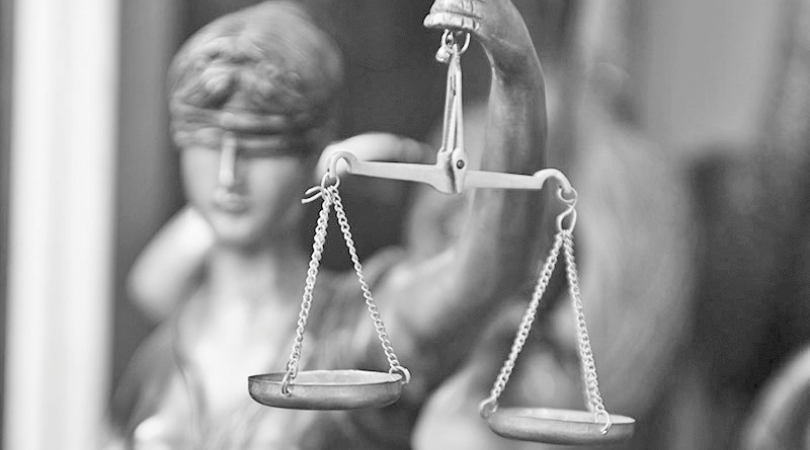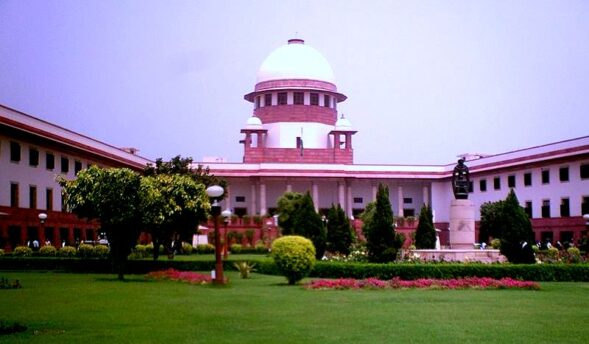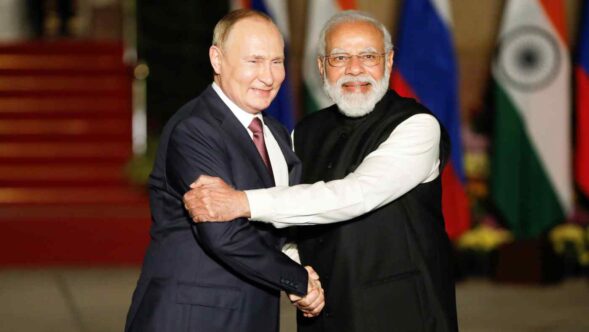
Vaishnavi Sundar
There had been few attempts at reviewing the Indian criminal justice system since its codification during British rule. But in 2000, a rejig was attempted when the Union government entrusted a committee led by Justice V S Malimath to propose changes to the criminal justice system so it became more sensitive to a victim’s suffering – or au courant with details such as the very low rate of convictions in rape cases reaching trial. The Malimath Committee derived its basis from the 1985 United Nations [UN] Declaration of Basic Principles of Justice for Victims of Crime and Abuse of Power, and addressed important issues such as the burden of proof, role of public prosecutors, treatment of witnesses, best practices for investigation, and the justice system’s apathy towards women.
Worldwide, there are two legal models or systems in place for establishing truth and criminal guilt, or in other words, delivering justice. Countries that follow the adversarial model came to be known as Common Law countries. Those that follow the inquisitorial model do so within what is termed Civil Law, which is non-adversarial and followed in continental Europe, among other places.
The Malimath Committee on Reforms of Criminal Justice System’s report suggested policies for protecting the rights of victims within this adversarial system used in India – derived from British common law that is followed by many countries in the world (mostly those ruled as colonies by the United Kingdom in the past). Here, two advocates represent their cases before a judge (or jury), who alone determines the truth and passes judgment. This is in contrast to the inquisitorial system, such as in France or Italy, where a judge investigates the case.
The core tenet of the inquisitorial model is a quest for truth as a priority. The responsibility of arriving at the truth is that of the judge, and the victim plays a central role in the model. While it may be hard to pick a system on the merit of how it handles victims, an impartial analysis of the inquisitorial process surely makes for a better model. Here’s how:
In India, where male violence against women is rising with an average of 87 rape cases reported every day, a model that asserts a victim’s stance could help a great deal.
“In all the cases of violence against women, especially sexual assault, the victim is viewed as an accused,” said Umanath, citing the custodial rapes of Mathura and Padmini in Maharashtra and Tamil Nadu respectively. “The society perceives that it is the victim who indirectly instigated the accused to indulge in the commission of crime. Though the law demands that the past conduct of a victim be (treated) as irrelevant in the case of a rape, impeaching the character of the victim has become a norm.”
The Malimath Committee recommended that common law practices be reformed by including some aspects of the inquisitorial model. Later, the Justice J S Verma-led Committee on Amendments to Criminal Law, which reviewed laws for sexual crimes, also asked to make amends. But the plight of Indian victims remains pitiful.
The late Justice V R Krishna Iyer’s work is a testament to his desire to improve our legal system. He, too, was a great critic of the adversarial system. In an essay for The Hindu dated May 25, 1999, he wrote, “India is not a soft State, a sick society, a pathologically submissive polity. In this darkling national milieu, the penal law and its merciless enforcement need strong emphasis. Alas the criminals are on the triumph, the police suffer from “Dependencia Syndrome” (a form of apathy that befalls us in a system that is inherently indifferent – to the oppressed)… Less than ten percent of crimes finally end in conviction and societal demoralisation is inevitable.”
Many countries have acted on the shortcomings of the adversarial model, and found a balance by introducing inquisitorial aspects to it. But not in India.
Amendments to our archaic Code of Criminal Procedure, as proposed by the Malimath Committee, were rejected multiple times. Protests were organised by the Bar in India, based on which the union government wavered in implementing the report in its entirety. Its reason? Not only did the report recommend changes in the law relating to procedures in criminal trials, it didn’t sit well with the Bar that it made substantial recommendations for protecting the rights of the victims. In 2008, the government brought in some piece-meal amendments providing for some space to victims.
While the Malimath Committee’s recommendations were never fully accepted, it must be given credit for trying to bring the law to focus on the victim.
The circumstances under which the Justice Verma-led committee was appointed were rather horrifying. The news of Delhi gang rape had made international headlines, and a three-member committee was formed by the Union government for recommending changes to the criminal law. But it is the Justice Verma committee report that finally caused a tiny legal dent that the Malimath committee couldn’t. The Criminal Law (Amendment) Act, 2013, pursuant to some of the recommendations of the Verma committee, was enacted in April 2013.
“Though the recommendations made by Malimath and Verma committees were only partially implemented, and did not deal with the rights of the victims in criminal trials, yet the journey from Malimath to Verma was tortuous and worth noting for future guidance and for demands for future changes in existing legal provisions,” said Umanath.
It wasn’t until 2009 that the definition of ‘victim’ was included in the Code of Criminal Procedure. It said that a ‘victim’ was one who had suffered loss or injury caused by reason of an act or omission that the accused was charged with. The term ‘victim’ also included their guardian or legal heir.
In the inquisitorial model, the accused would be questioned and the judge would arrive at the root of the case. But here, the accused has the right to remain silent, and in cases similar to these, men often end up tainting the victim’s statement and creating ‘reasonable doubt’. If the accused successfully plants a seed of doubt in the mind of the judge, the adversarial model can’t incriminate him. In cases of rape, the accused often ends up challenging the case through ambiguous morality standards by which the society unequally holds the women responsible.
Free legal services for victims are hard to access. If they succeed at getting them, they are only valid at the time of the trial and not from the moment of the alleged crime. Until as recently as 2008, the victim didn’t have any statutory right to oppose an acquittal, challenge a bail plea by the accused, or contest the inadequacy of a sentence. In most cases, the victim isn’t even privy to the judgements or orders made in her case, and there is no obligation within the law to keep her informed. The accused, however, enjoys the constitutional right to legal assistance at all stages of investigation. The victim ends up facing problems at every step of her near impossible attempt at seeking justice. The police is notorious for its harassment (and, even, sexual assault), among other ills, such as refusing to file a formal complaint by the victim.
Medical professionals often make callous reports with no regard to nuance and detail, thereby adding ambiguity to cases. There is also a lack of transparency in terms of who the State decides her prosecutor shall be. She must rely on the goodwill of this randomly assigned advocate to fight her case with sincerity and conviction. Then there is the judiciary’s snail pace and enormous delays that dissuade victims from pursuing justice to its end.
While India has a long way to go before it offers even perfunctory protection to victims, male violence against women seems to be rising. Rapists are re-assimilated into society much sooner than victims, who must face years of shame and character assassinations before they recover and heal, if at all. With abhorrent violence being meted out to women by a misogynistic culture, it is imperative that we evolve an effective jurisprudence not only to protect victims, but also to persuade the many functionaries of the legal system to learn to view the world from the victims’ eyes. (IPA Service)






